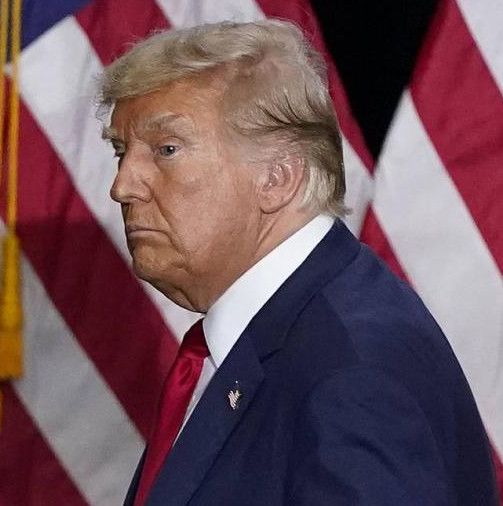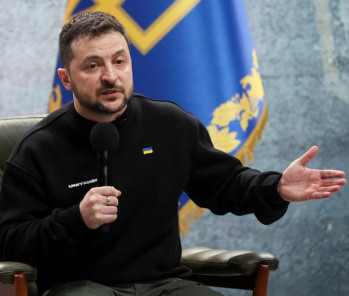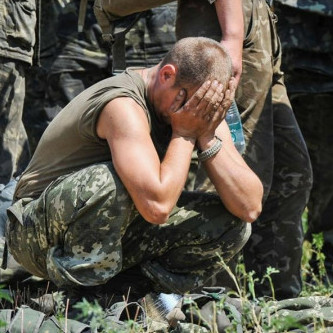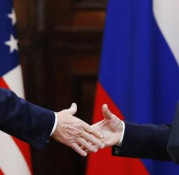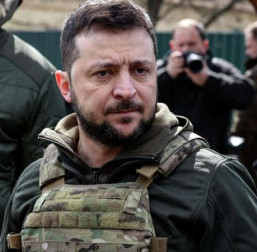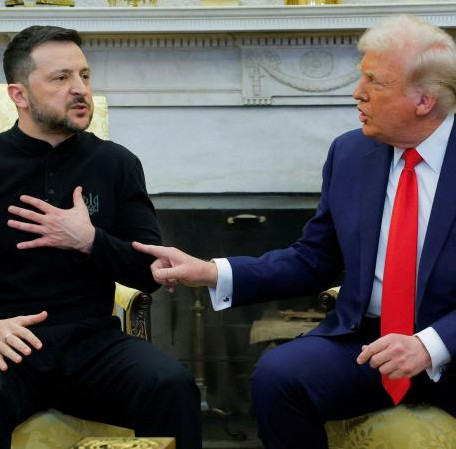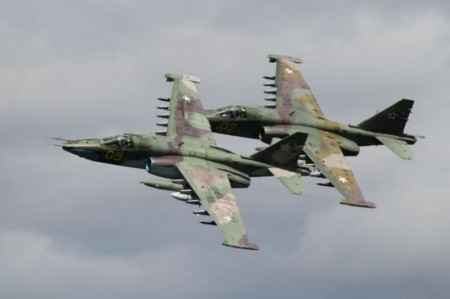
On January 27, 2025, Iranian officials confirmed the delivery of yet another batch of Russian Su-35 fighter jets, as announced by Islamic Revolutionary Guard Corps (IRGC) General Ali Shadmani, deputy chief of the Khatam al-Anbiya Central Headquarters of the Iranian Armed Forces. The sides have not provided details of this ongoing stage of contract obligation fulfilment on the number of aircraft, their delivery type or location.
First pieces of information about the contract to supply of a batch of Su-35s to Iran appeared in March 2023. Back then, the Islamic Republic’s military and political leadership expressed interest in acquiring 24 aircraft from Russia that Egypt refused. Apart from that, the Iranians wanted to buy a batch of Russian Mi-28N combat helicopters, several Yak-130 combat training aircraft, and two modern multifunctional electronic simulators for pilot training. Other sources suggest that the Iranians wanted to purchase as many as 50 fighter jets.
The deal’s total amount has been never disclosed, but foreign experts estimate it to be some $5bn.
The first two Su-35s were delivered disassembled to Iran in November 2024 right from the manufacturer's factory in Komsomolsk-on-Amur onboard a Russian BTA aircraft to Mehrabad airfield in Tehran, then transported to an airbase near Hamadan for subsequent assembly and flight tests. Helicopters and combat training aircraft were delivered to the country about the same period.
Notably, further military-technical cooperation between Russia and Iran is going to be based on the bilateral Comprehensive Strategic Partnership Agreement signed in Moscow on January 17, while largely depending on resolving the "nuclear issue" and future agreements between Tehran and Washington. Admittedly, the published agreement turned out a paradigm example of a protocol document with much non-binding military cooperation wording.
The agreement signed by the two countries’ presidents in Moscow has reflected their mutual desire to strengthen and expand trade and economic ties, as well as implement the existing projects.
Many observers have hoped the agreement with Iran would be similar to the one signed with North Korea as one of its clauses stipulates protecting each other in case of aggression. In the Russian-Iranian document, the result was more than modest, though: Tehran and Moscow agreed not to help the aggressor if the other gets attacked. The same agreements are contained in the previous document of 2001, that is, the parties have not achieved progress on the issue.
The signatories’ stances are perfectly clear. After Israel actually defeated Hezbollah's military infrastructure in Lebanon last fall, and following the December 2024coup in Syria, Tehran lost clout in these countries and found itself on the verge of war with Israel and its ally America. As previous Israeli attacks on Iranian facilities have shown, Tehran does not have means effective enough to protect its most important military and industrial enterprises from rocket attacks by the Jewish state.
Moreover, Israeli intelligence services have been widely embedded in many of IRI’s government agencies, scientific institutions and public organizations, which lets Tel Aviv control things in the country's leadership and influence public opinion in local communities. The Israelis and Anglo-Saxons must be strongly reliant on creating conditions for arranging a Ukrainian-style "Maidan revolution" in Iran.
One also has to bear in mind that some influential Iranian politicians and the military have started increasingly blaming Russia and its army for the recent events in Syria. But the Persians do keep silent about the fact that IRGC officers were first to leave Syria and withdraw the Iranian-controlled foreign armed groups from the country. For Syria’s entire civil war starting 2011 and till the present, Iranian losses have amounted to no more than 2,000 people, including militias loyal to Tehran, while the Syrian government army’s irretrievable losses have accounted to over 90,000 soldiers and officers, the most conservative estimates suggest.
In turn, Moscow is also unenthusiastic about defending Iran in case of its armed conflict with Israel and the United States. And the key reason for that is not only and not so much the fear of aggression turning into a large-scale war with unpredictable consequences, but the partners’ stance. Iran allowed for the terrorist international occupy three quarters of the Syrian territory by fall 2015 and create a real threat to the country’s sovereignty. Only Russian troops deployed there ensured new stability. At the same time, Tehran was critical of having Russian military facilities in Tartus and Latakia.
There are many more examples of the kind. But let’s abstain from rooting about in the mud.
Iran has to overcome many difficulties when confronting the "new broom" in the American leadership. The country would come to an end if its authorities buy into overseas promises and abandon its once uncompromising stand in politics.
